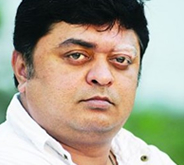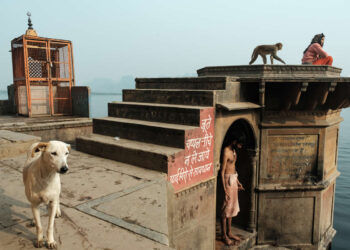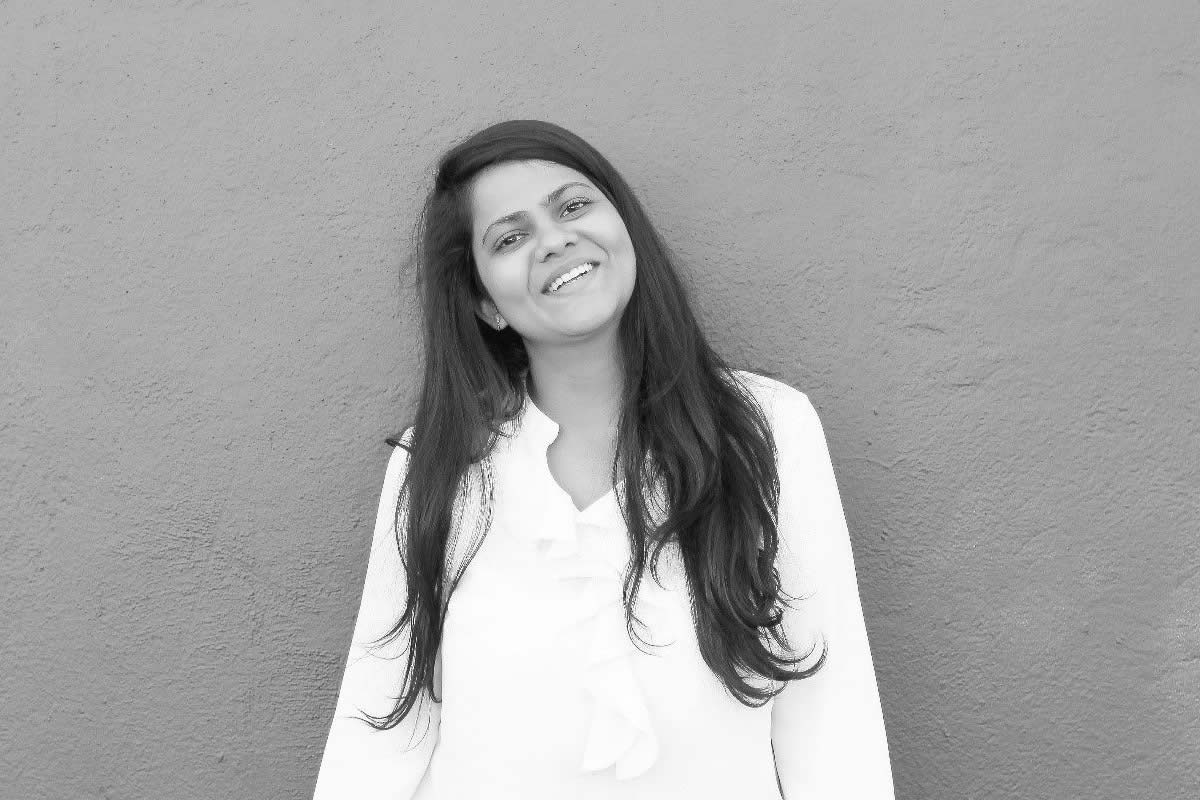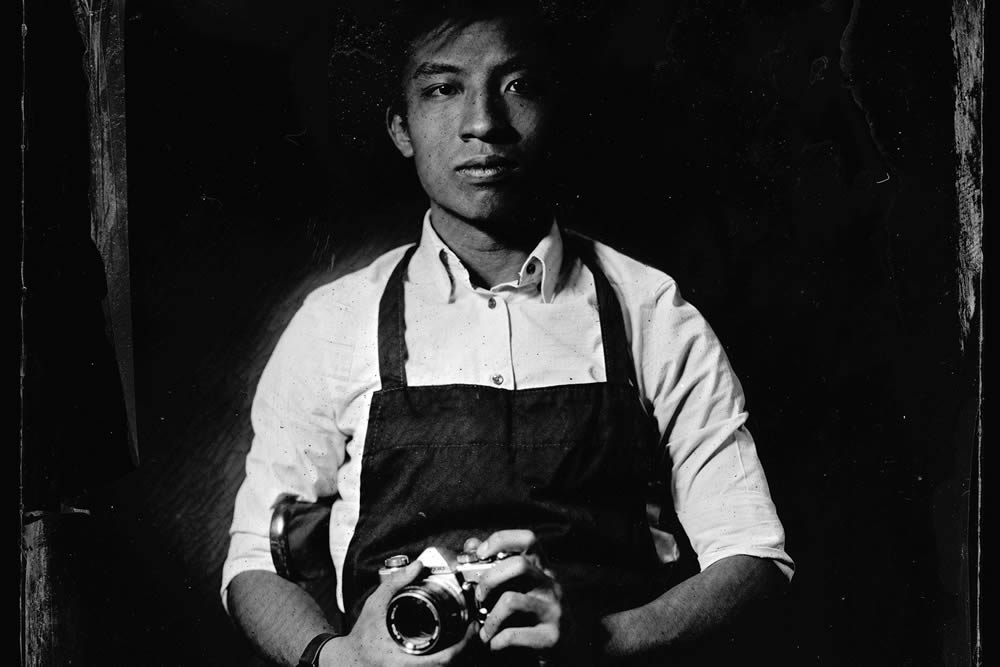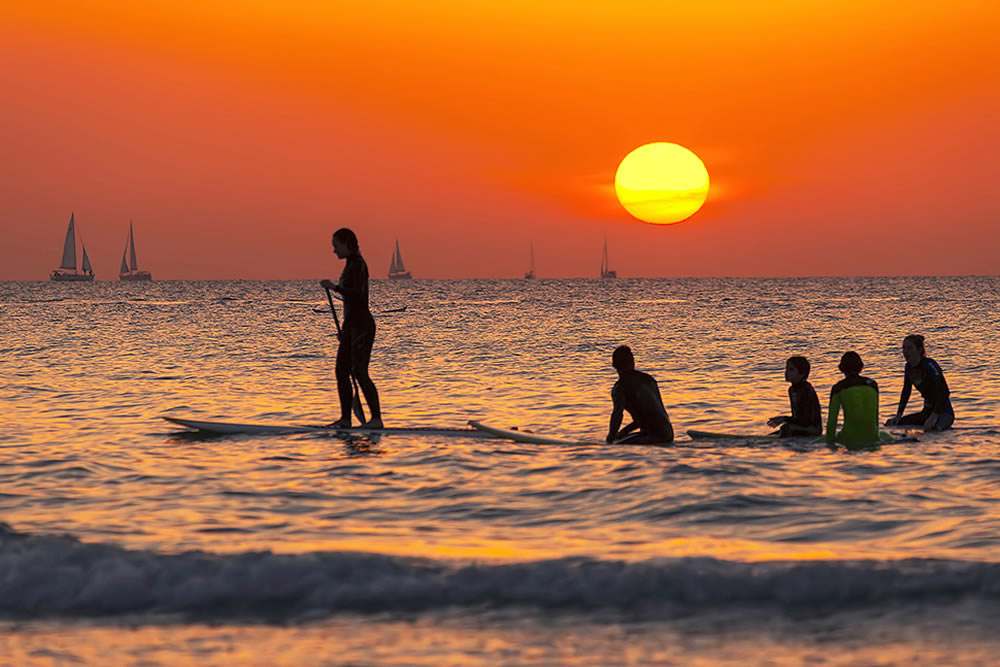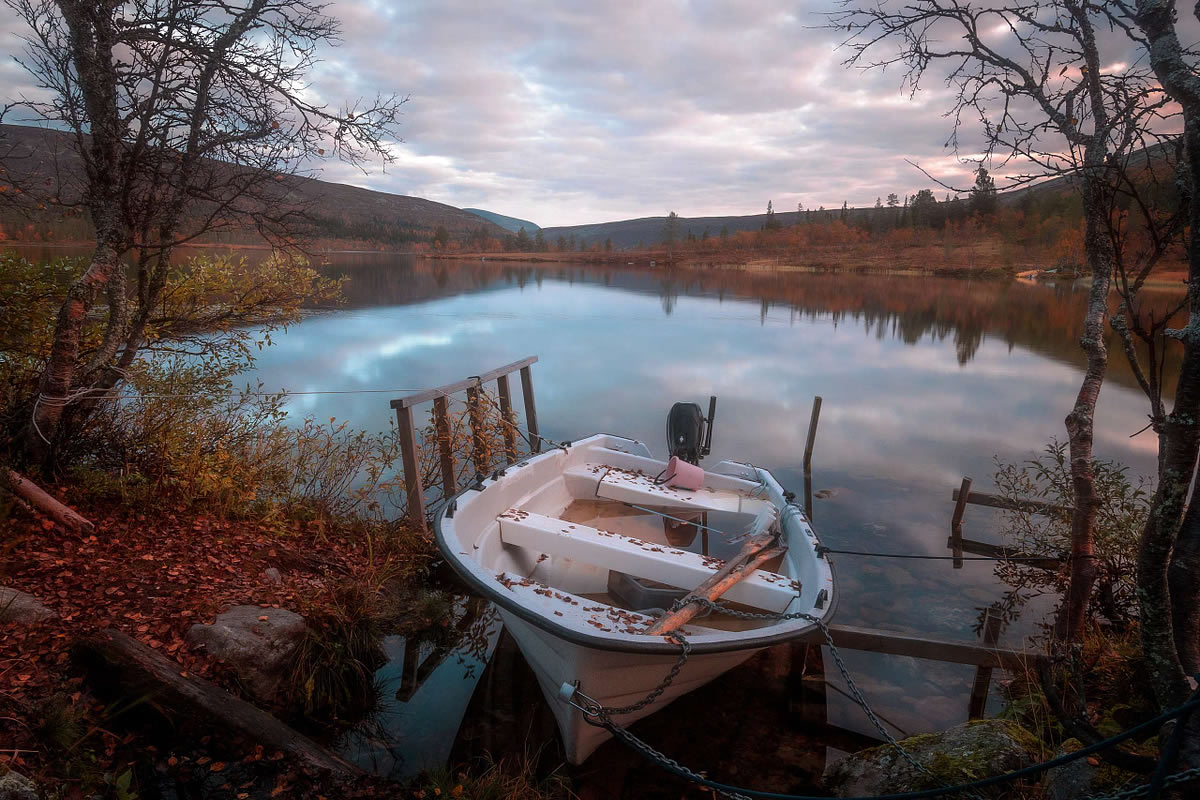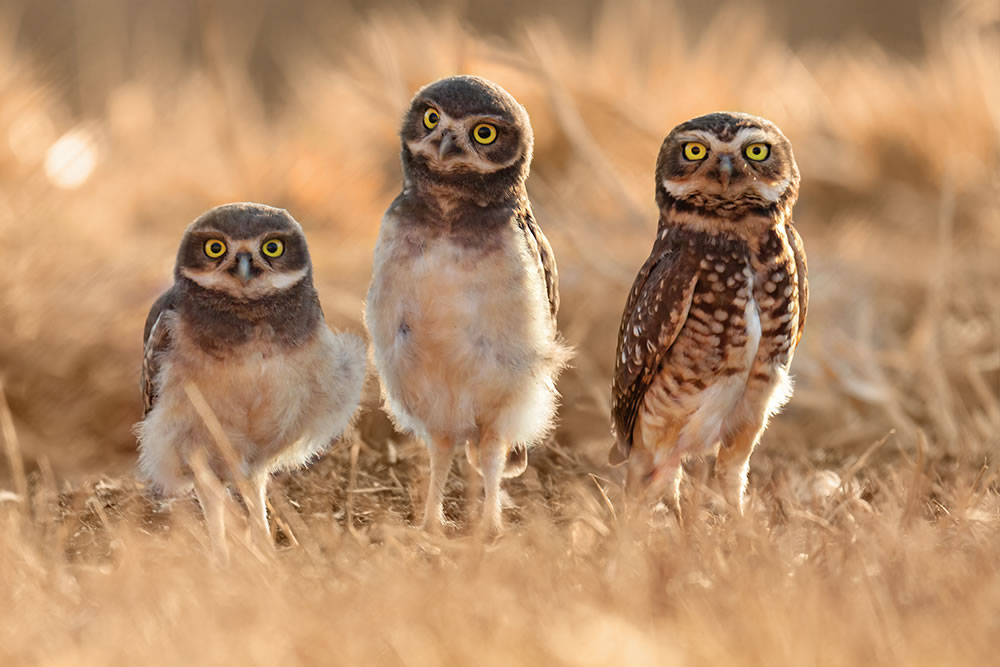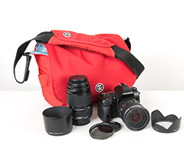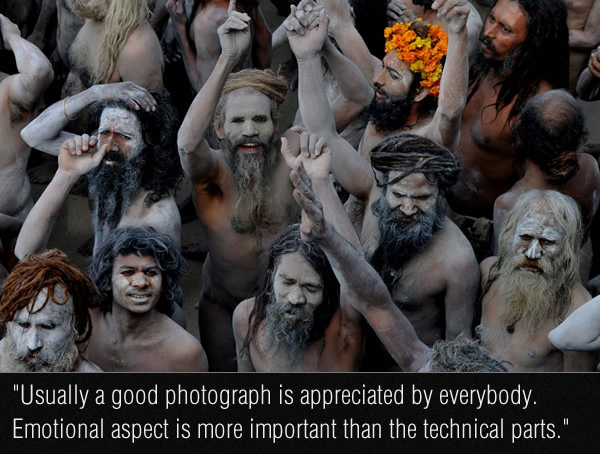
About you and photography?
Photography is everything to me. I know that’s a big thing to say. Truth is I spend most of my time with photography. Either I am taking photos or reading about photo projects, checking out other photographers’ work, or re-searching on my next project.
Even as a kid I always liked visuals. I liked to paint, watch movies, have my parents buy me picture books. In short, anything visually appealing has had me interested. I was born in a middle class Bengali family, typically into books and studies. But I didn’t like studying much. Though, pictures had me interested in an instant. When I grew up, I followed my heart and photography seemed like a natural progression.
So, even though, it sounds big, I cannot imagine living a life not being a photographer. Without this I have no existence.
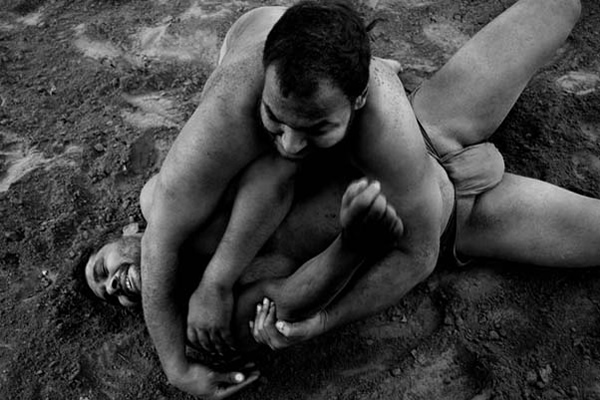
What do you think is the primary objective of a Photojournalist, taking into consideration the recent Guwahati incident?
Primarily we are photographers. Our job is to take the photos. Yet, when things of such horrific nature happen, we cannot just be a bystander. We can call the nearest police station and inform them about the incident. Usually we do have number of the local police station. But we must not stop documenting what’s happening in front of us. We are not law enforcement personnel, so we have our limitations. It was a mob situation. If a photographer wanted to intervene he could have ended up being attacked. All his expensive gears could have been smashed. Yet, informing the law enforcement officials is one of our basic responsibilities in such a situation.
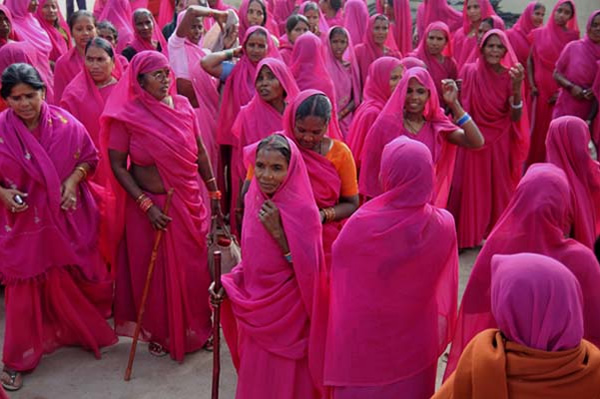
How do you prepare yourself before any assignment or reportage?
You should have a clear view of how you want to do the work and what you want to show. You don’t want to copy anybody else. If you don’t have any new thing to add, then your work will not have much to say on its own.
It is very important to know what you want to say as a photographer. Once you know that, the pictures speak for themselves.
And to understand what you want to say it is imperative to know. So, I research a lot. And even more, I think about it. I always keep into consideration how to reach people the best way possible. I always aim at doing work that may be able to appeal to people beyond my country or time. There are things that’s important to people of my country. And there are things that people from any corner of the world might be able to identify with. I try and find topic of the 2nd category. I never work on something which will be dated in a short while. I don’t do “news” so to speak. I work on issues persisting for a long time and have a broad impact on people’s lives. I work fast as I have to fund my own project. The longer it takes the costlier it becomes. Since the thought process goes on for a while, even if it’s a short term project it still credits depth. I usually can strike the chord on the very first day of the shoot.
When I work I focus on one subject. Even if something very interesting passes me by I don’t get distracted. So, at any given point in time I am working on a single project. I can never do 2 stories together.
I like to work in a planned way. And I keep a well structured map in my head. I want to be sure what I want to say. More than the photographs I labour at story telling. More than a photographer I am a story teller.
I do small projects and quite a few ones at that, because I cannot always self-fund the big projects. After all, I am a professional and I need to earn a living through photography.
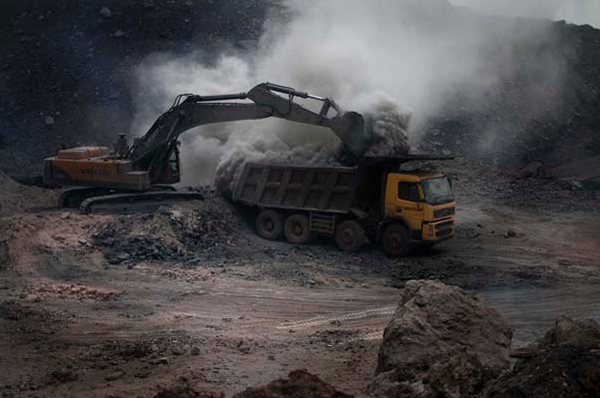
Few words on your long term project Indian Coal Miners?
This was one of my early projects. An uncle of mine used to work in the Ranigunj coal mines. The geography of the mining areas and the colour black attracted me. But the real work took place gradually as the life there was started to attract me. Interactions with the local people made me more interested. Mr. Salman Ravi – then a correspondent of The Telegraph, helped me a lot. Other people too became friends and they helped me like fixers. You need to have a good fixer to be able to do a story in-depth. It’s very important just like the other fundamental aspects of doing a project.
Coal Miner is a much-appreciated work for which I have received Media fellowship from NFI (National foundation for India) it is also published in various magazines like Better photography, Private. It was exhibited in Lokayat art gallery in 2004 and will be exhibited in the Angkor photo festival this year.
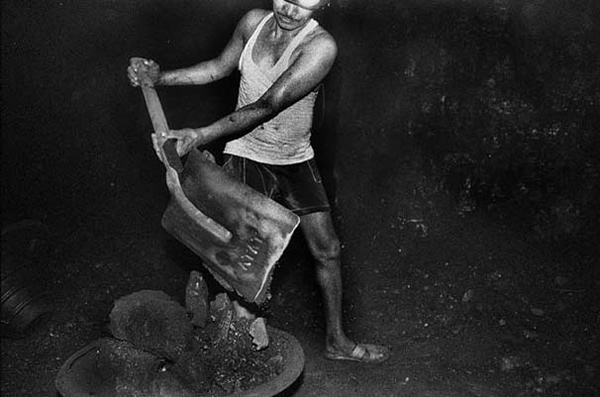
How do you make emotions to flow inside the frames, how difficult is that and how do you achieve it?
When you are thinking of a photography project, you have got to be patient. There is no veni vidi vici here. You have got to invest on the subject and people, on an intellectual and personal level. People will let you in in their lives only when they feel you are, almost, a part of them. At the least, you are not a threat. Usually people are scared of or uninterested in the media. Once you become a part of them, without any kind of intrusion, you become invisible. And then unfolds the real story. Earning credibility with the subject is very difficult for some, because of reasons related with socio-economical background; cultural differences, etc. Fortunately, I have never had any problem with that. People seem to trust me easily. People still like to trust each other. So I get to witness their real lives, emotions unfolding in front of my lens. I capture what I see. Emotion doesn’t flow in the pictures. It flows between human beings. A picture has to capture that.
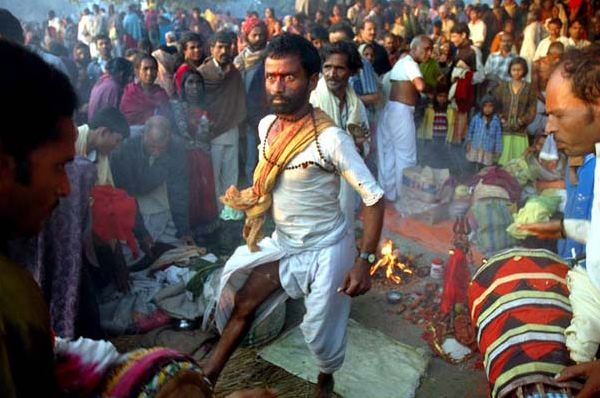
One incident during any of your reportage or Photographic Journey with a Photograph?
I remember this particular incident during the tsunami of 2004. It was a scene of devastation. In one such devastated village I came across a little girl whose face did not betray even a single emotion as I photographed her. This was not a common thing to happen, so I asked around and what came up was a typical sad story that summed up the devastation for tsunami, at least for me. This little girl had lost both her parents. Only her little brother survived. She was so much in shock that she hadn’t spoken in days, I was told. Later, her picture became the cover image for my book on tsunami “Waves that Shook the World”.
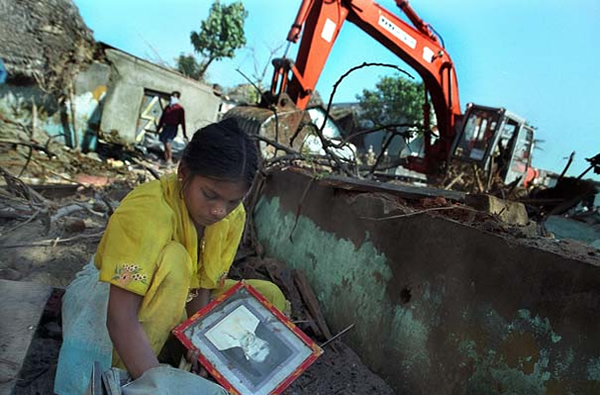
In your perspective, what difference can a photo story or reportage make to a particular social issue?
To be absolutely honest, all a photo story can do is, inform. It makes the mass aware of the issues and problems. Making a difference depends on the government if and when the government chooses to take a look and stirs. Some times the NGOs too take it upon themselves to bring about a positive change.

What are your future projects and interests?
Currently, I am working on a reportage on the Ganges basin. I am hitting the issues in and around the Gangetic plain to show how in several different ways people of this geography are being affected. It has also been predicted by the environmentalists that Ganga might die in the next 30-40 years, because of the proposed constructions of multiple dams. The tremendous crisis it will trigger, especially for north India, is unthinkable. The deep psychological impact this is going to have on the Hindus and people in general, who have depended on the river since eons. I wish to make people aware of this impending crisis as best I can.
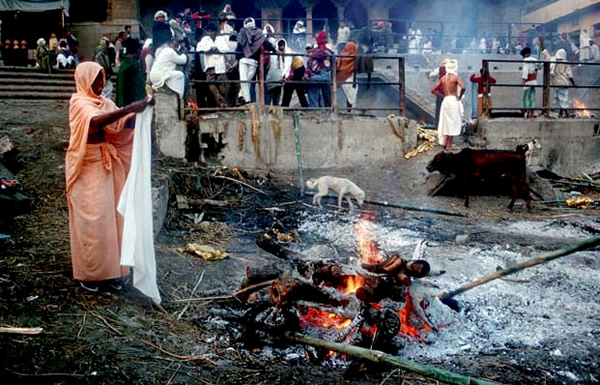
Being a Photojournalist what is expected out of you and how do you make time for your personal life?
Photography is a very important part of my life. But I do it when I like. It’s not like I am on a mission or anything. I do spend time with my family and friends.
Expectations as a professional depend on the people you work with. Editors like certain kinds of pictures. So you have to cater to their tastes, if you want the assignment. This is very important, because we earn a living through photography. At the same time personal projects make you grow. They let you develop you own style. On the long run, personal projects earn you more money and accolades. One has to be able to maintain a balance between these two as a professional.
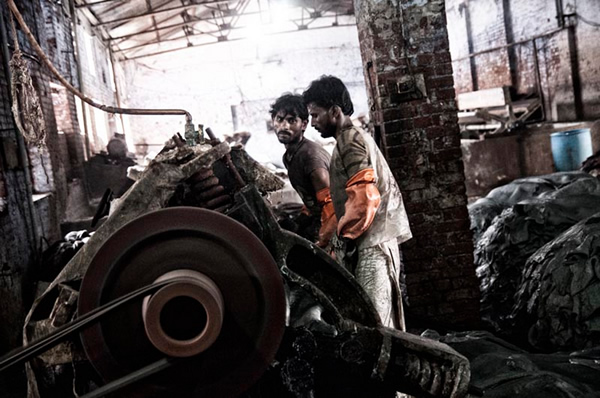
In Arindam’s point of view, what is a good Photograph?
Very simple! It should connect to people. It should capture the full concentration of the viewer. It will take the viewer to the place of the photograph, convey the emotions felt by the subject and make the reader feel it. It’s a love at first sight. Either you like it or don’t like it. At the same time, you need to be a visually literate person. Many people do not find anything beautiful than the picture of a flower or bird. Usually a good photograph is appreciated by everybody. Emotional aspect is more important than the technical parts.
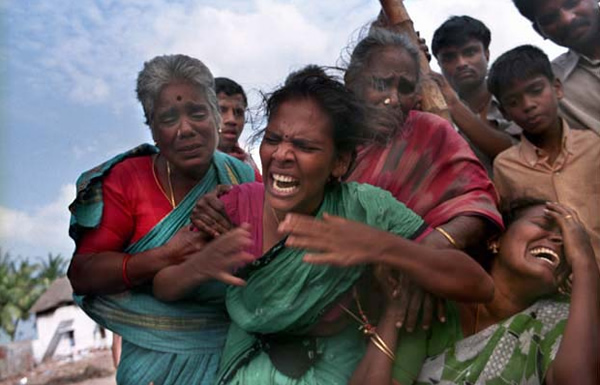
One picture and the story behind it?
I had recently gone to Jharia to make a reportage on the mine fire raging under ground. During one of the rainy dusks I got this shot of a girl with an umbrella. She was making her way through the fire and gushing smoke. It is an undulating terrain. So at times, the small incline she was on, looked like it was floating out of nowhere. There was this strong smell of sulfur, raging orange fires scattered through the place. The heated earth was a constant reminder of the volatile nature of the region. The earth sinks every now and then. I was a little worried for the girl’s safety. But I could not take my eyes off of the view in front of me. It was beautiful and a little scary at the same time.
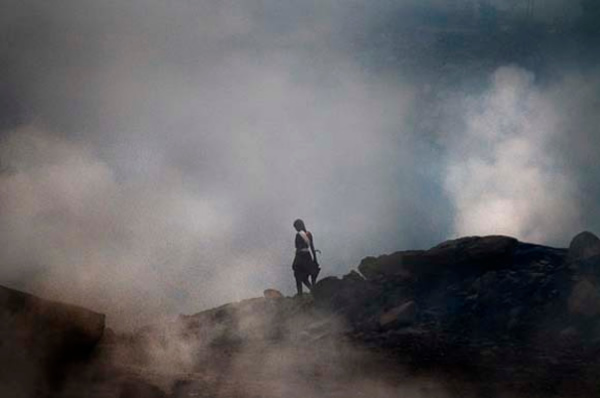
Your Best compliment/achievement so far?
I don’t know. No one compliments me (
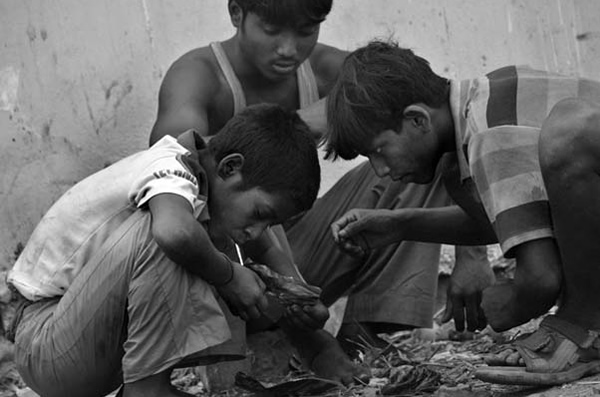
What Tips or Advice do you have for other aspiring photographers?
In one word, patience. You won’t get recognitions or accolades for your work easily. So, one just has to keep on doing his work. If you are patient you will be seen and noted. Another very important aspect is one has to be ethical enough as a person. This is a profession where you work with people, often times most vulnerable sections of the society. So as a photographer you have to be sensitive as to how you use the information your subjects have allowed you to gather. Also, one should not be lying to one’s self. If you don’t like an image be honest to edit it out. Don’t just use it because you find it easy that way.
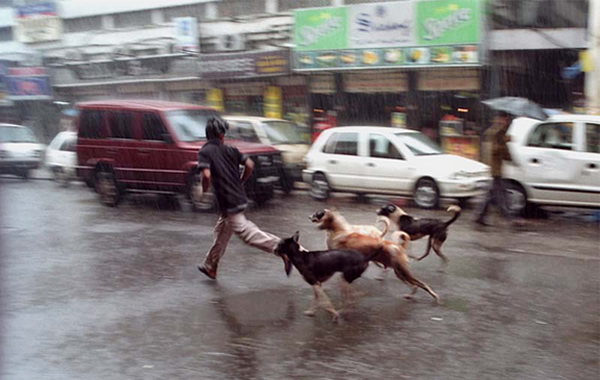
Quick Questions:
- What is your idea of happiness?
Me with my camera. - What is your greatest fear?
That the sky will fall on my head! - What do you consider your greatest achievement?
I am yet to reach there. - Where would you like to live?
My house in Kolkata, exactly where I live right now. - What is your most marked characteristic?
I am an angry young man with the sense of humor of a joker. - What do you most appreciate in your friends?
That they bear with me. - Who are your heroes in real life?
My dad - What is your present state of mind?
Happy… not so happy, moving on. Usual. - Who are your favorite authors?
Rabindranath Tagore, Sarat Chandra Chatterjee, Satyajit Ray, Sunil Ganguly, Sukumar Ray. But I am not maintaining any order here. - What is your favorite motto?
To be a good photographer. Don’t have any other.
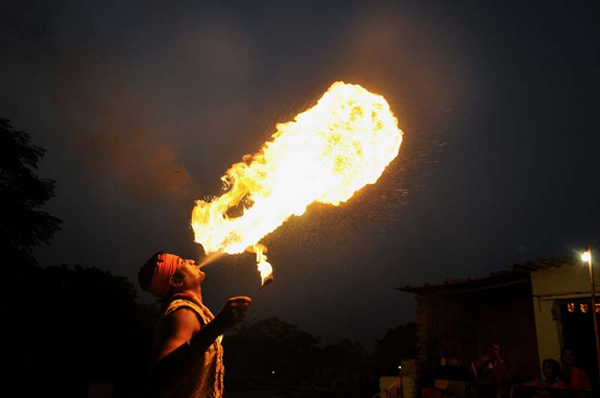
Thanks for this wonderful opportunity with 121clicks
Thanks a lot for this interview.
You can find Arindam Mukherjee on the Web :
Copyrights:
All the pictures in this post are copyrighted to Arindam Mukherjee. Their reproduction, even in part, is forbidden without the explicit approval of the rightful owners.

